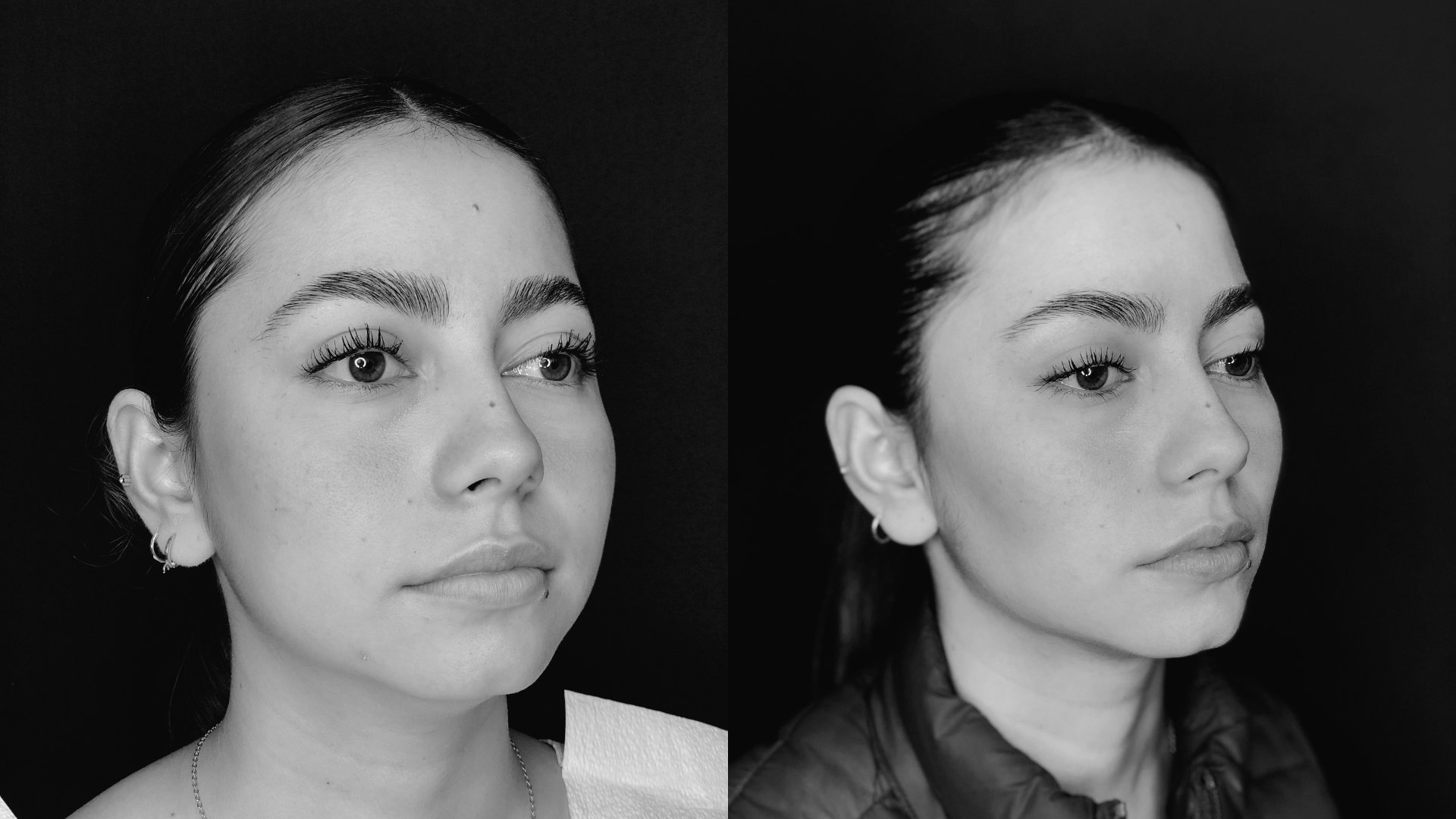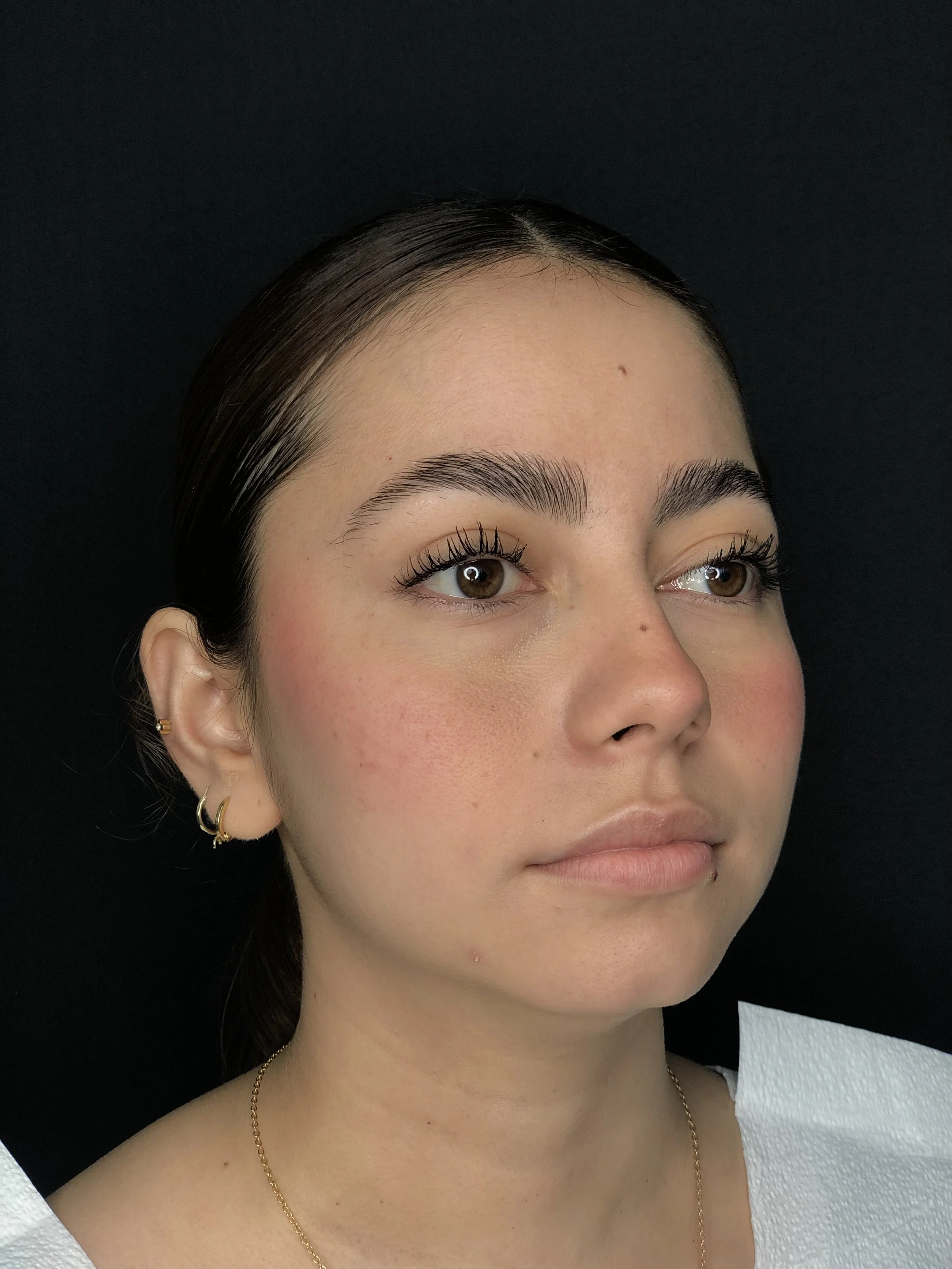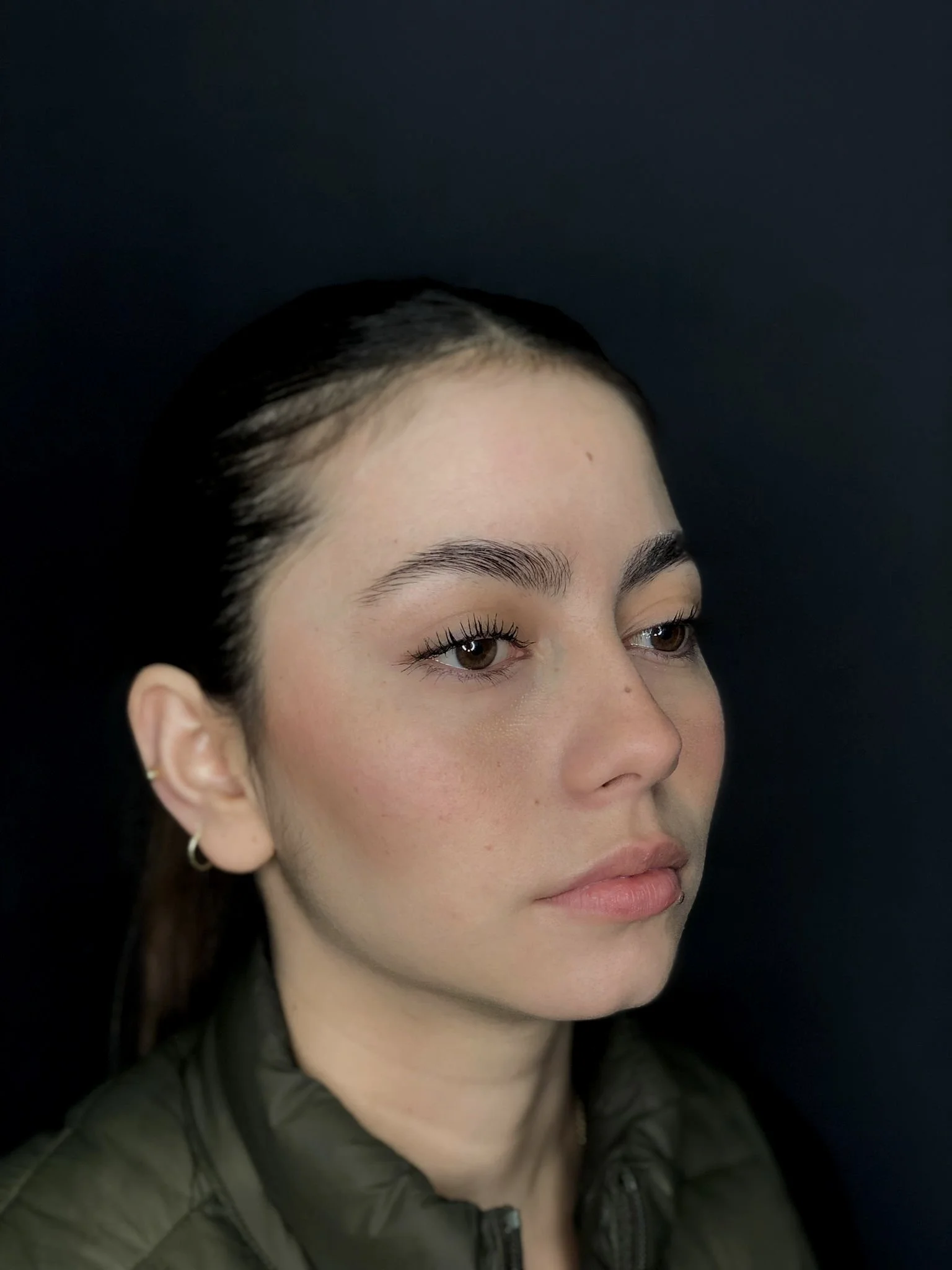Rhytidectomy
Trusted with Faces in Mexico & USA ®
Everything you need to know about Rhytidectomy
What is a Rhytidectomy ?
A rhytidectomy, commonly known as a facelift, is a cosmetic surgical procedure aimed at rejuvenating the face and neck by reducing the visible signs of aging, such as wrinkles, fine lines, and sagging skin. During a rhytidectomy, excess skin is removed, and the underlying facial tissues are repositioned to create a more youthful and lifted appearance.
The term "rhytidectomy" is derived from the Greek words "rhytis," meaning "wrinkle," and "ectomy," meaning "excision" or "removal." The procedure is typically performed by a plastic surgeon and can be combined with other cosmetic procedures to achieve more comprehensive facial rejuvenation.

The benefits of a Rhytidectomy Surgery ?
Rhytidectomy, commonly known as a Facelift, offers several benefits, these benefits make rhytidectomy a popular choice for those looking to achieve a more youthful and refreshed facial appearance.
Reduction of Wrinkles and Sagging Skin: Rhytidectomy helps to smooth out deep wrinkles and remove sagging skin, giving the face a more youthful appearance.
Tightening of Facial Muscles: The procedure can tighten underlying facial muscles, improving the overall contour and firmness of the face.
Improved Jawline and Neck: It enhances the jawline and neck by removing excess skin and fat, reducing the appearance of jowls and a double chin.
Long-Lasting Results: Unlike non-surgical treatments, a facelift provides long-lasting results, often maintaining a youthful look for several years.
Boost in Self-Confidence: Many patients experience a significant boost in self-confidence and self-esteem after the surgery due to their rejuvenated appearance.
Natural-Looking Results: When performed by a skilled surgeon, rhytidectomy can yield natural-looking results that enhance one's appearance without looking overdone.




